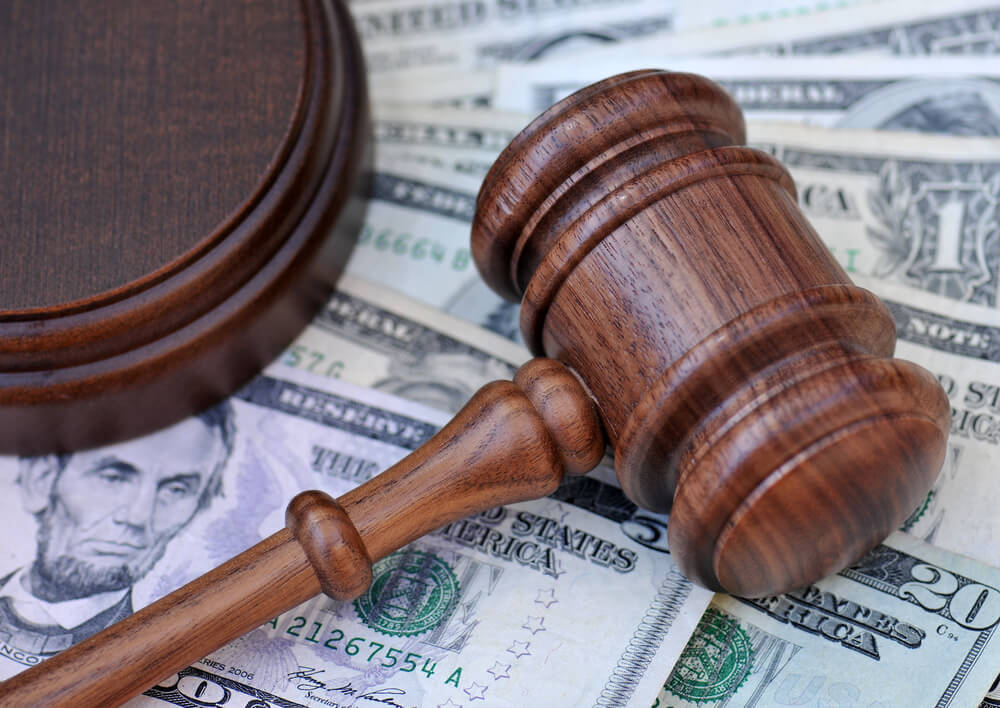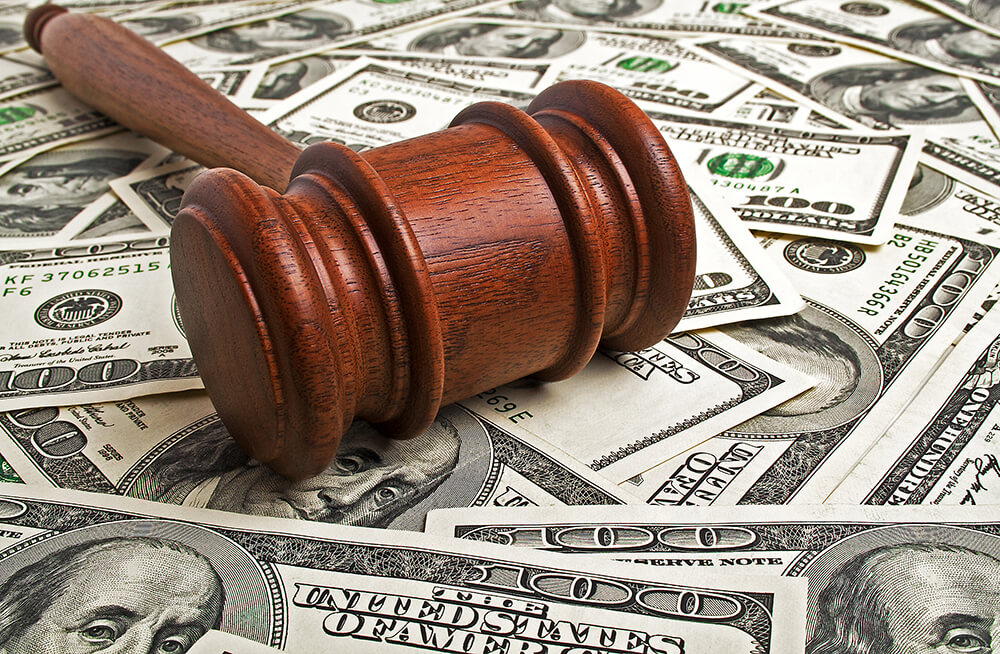Are you under the belief that you have recently witnessed some kind of fraud in your company? Did you attempt to notify someone in your company about this action but are now interested in bringing litigation on the same issue? You might have grounds to initiate a case under the False Claims Act, a federal law designed to empower whistleblowers with the ability to fight retaliation.
As a potential relator or qui tam plaintiff, you might be able to bring your own lawsuit against the business or person who violated the law.
History of the Act
This law stretches back to the Civil War when it was put into place to try to cut fraud against the federal government from suppliers to the Union Army. The primary purpose of the law at that point was as an enforcement strategy. In general, however, the False Claims Act did not have a lot of strength and power in cutting down on fraud until it was reviewed and then amended in 1986.
The False Claims Act came under fire after numerous reports about rampant fraud in the world of defense contractors. For that reason, amendments to the False Claims Act were put into place to make it a better enforcement tool. It also reduced what were perceived as barriers for whistleblowers who might be nervous about bringing litigation against a current or former employer in the form of a qui tam action based on fraud allegations.
Following the revamp of this law, it has become one of the most powerful tools the federal government uses in order to combat fraud and hold employers accountable for illegal behavior. Between the year it was updated and 2018, the federal government was able to recover over $59 billion due to cases brought under the FCA. Many of those have come under the umbrella of healthcare fraud cases. However, the False Claims Act has also achieved fund recovery in a natural disaster, housing, defense, construction, and energy.
Who Can Bring a False Claims Act Case?
The federal government knows that many of the people who have insider information about fraud and illegal activity are those with no current ties of employment to the government. To help motivate those people to do the right thing, the government enables whistleblowers who bring a qui tam or False Claims Act case to be protected under the law and even receive a portion of the funds recovered by the government. This is a way of letting whistleblowers recognize the important role they play in raising awareness about and combatting fraud.
These whistleblowers in a False Claims Act case are also known as relators, and they are behind the vast majority of FCA cases. The government does have a choice about whether or not to intervene in a case that a relator files on behalf of the government, but the whistleblower can move forward either way. The only factor that changes when the government gets involved could be the timeline and the amount of financial recovery the relator is entitled to if the case is successful.
Filing an FCA Case
There are many complex aspects of filing an FCA case, which is why many of the relators involved choose to get legal counsel as soon as possible. Talking things over with an attorney can help to protect the whistleblower’s rights.
The Justice Department has the option to decide to intervene in the case. This would normally take over the role of prosecution from the Qui Tam plaintiff. However, the plaintiff will still be entitled to a portion of the recovery even if the government does get involved in the case and takes primary management of the claim. The Act provides protections for a whistleblower who brings a formal claim against a company or business when he or she has reasonable suspicion to believe that fraud has occurred. If fraud is proven under the FCA, the defendant in a Qui Tam action is typically liable for as much as three times the damages sustained by the government due to the fraud. Furthermore, the defendant could be found liable for up to $10,000 for every false claim that was submitted to the government.
The portion of recovery in a case depends on whether or not the federal government opted to intervene in the case. If the federal government does decide to intervene in The Whistleblower case, the plaintiff is entitled to receive a maximum of 25% of the recovery and a minimum of 15% of the recovery. In the event that the government decides not to get involved but the qui tam plaintiff brings the case on their own, the plaintiff is entitled to receive between 25% and 30% of the total recovery. Depending on the severity and depth of the fraud allegations involved, a plaintiff could be entitled to substantial recovery in a successful case whether or not the government gets involved.
One of the most important components in a qui tam case is whether or not the fraud has been publicly disclosed previously. Any person who discovers that the fraud has not previously been disclosed in a public forum can initiate a qui tam action whether or not they have first-hand or direct knowledge of the fraud. When no public disclosure has occurred and an employee discovers the possibility of fraud through a colleague, a qui tam action can be initiated even if the individual employee does not have first-hand knowledge of the issue. What courts consider in evaluating whether or not someone brought a claim in good faith is whether or not there was a reasonable suspicion present.
If you are not yet sure whether you have grounds to initiate a case and would like further information about your rights, speaking to a whistleblower protections lawyer could help you understand the role you might play in a qui tam action. It’s up to you to understand your duties and rights and to get appropriate counsel so that you can ask questions regarding how the case might unfold.
Sources:
https://downloads.cms.gov/cmsgov/archived-downloads/SMDL/downloads/SMD032207Att2.pdf
https://www.urmc.rochester.edu/compliance-office/education-tools/false-claims-act-prevention.aspx





